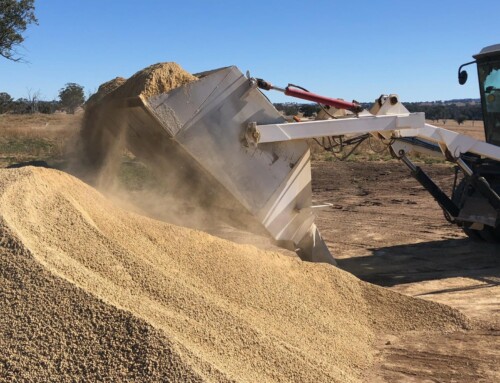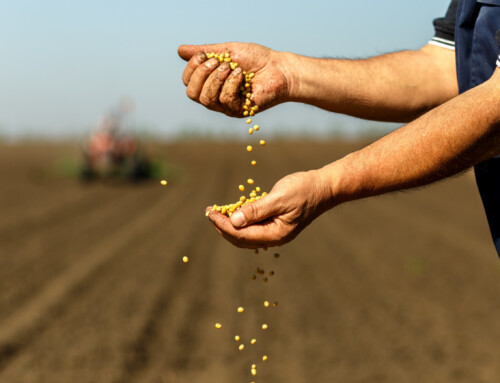Sulfur (S) deficiencies have been recorded in cereal crops of the Darling Downs, since the early 1980s and symptoms are commonly mistaken as N deficiency. Few experiments have been successful in measuring soil parameters indicative of S responsive soils. A grain yield response in sorghum was recorded in a long-term S experiment during the 1998-99 season on the Darling Downs, Queensland.
Sulfur has been known for many years to be an essential plant nutrient. Reports of deficiencies have become more common in recent years in southeast Queensland and northwest NSW. Chisholm and Dowling reported on soil S status of the Darling Downs after widespread S deficiencies were reported in winter cereals.
Soil test S concentrations across the Darling Downs in the 0-60 cm layer are generally declining. This decline has been influenced by a number of changing soil management practices over the last 30 years, which have resulted in lower sulfur addition and increased S off-take from the soil. Factors associated with lower S availability include the change from superphosphate to ammonium phosphates (MAP and DAP), the reduction in gypsum (calcium sulfate di-hydrate) application and declining reserves of organic matter.
Sorghum is a widely grown summer cereal in Australia’s north eastern grain belt. Production during 1999 was estimated at 560 000 hectares, with total yield of 1 360 000 tonnes. Average grain yield is roughly 2.3 t/ha (O’Connell 2000).
Crop response to S at “Colonsay” Formartin, Qld, 1998-99 -Visual responses to the S rates were observed during the 1998-99 season. This was the first observance of a visual response to S at this experimental site. The crop response was noted as broader leaves, a slightly darker green colouring and a slightly more vigorous plant compared to the 0 kg/ha S plots. In addition to the visual symptoms, a significant yield response for S additon rate was recorded. Grain yield increased from 6150 kg/ha where no S had been applied to 6950 kg/ha where 30 kg S/ha had been applied to each crop. Mean grain yields from 20 or 30 kg/ha S rate yielded more than where 120 kg/ha N had been applied in the N x P experiment. Grain protein in the range 9 to 10 % indicates that the crop N supply was adequate for the yield increases measured. There were no significant grain protein, grain S% or grain N:S ratio effects from S application.
Gypsum application is a cost effective source of Sulphur and it is available ex Brisbane in bulk and bags.
The study was completed by D. W. Lester, and C. W. Dowling – Incitec Fertilizers, Toowoomba Qld.










